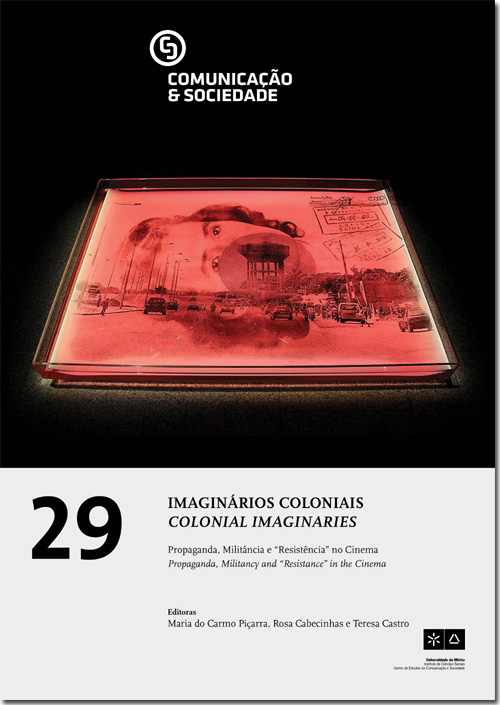Mueda, Memória e Massacre by Ruy Guerra and the cultural forms of the Makonde Plateau
DOI:
https://doi.org/10.17231/comsoc.29(2016).2409Palavras-chave:
Cinema of Mozambique, Ruy Guerra, Mueda, Memória e Massacre, cinema and revolution, Makonde cultureResumo
Considered to be Mozambique’s first fiction feature film, Ruy Guerra’s Mueda, Memória e Massacre (1979-1980) (Mueda, Memory and Massacre) is an extemporaneous work, which belatedly formalises the assumptions that underpinned FRELIMO’s revolutionary project. A film of transition, it marks the passage from the period of the institution (1975/1976-1979) to the period of destitution of the Aesthetics of Liberation (1975/1976-1984) of the National Film Institute (INC). Mueda, Memória e Massacre was censored, partially re-shot and reedited, without Guerra’s direct supervision. These operations announced a normative deviation from FRELIMO’s political-cultural project and the aesthetic canonization of the 1980s. The mutilated version, that won the awards “Peoples’ Friendship Union” and “Film Culture” at the Tashkent Film Festival in 1980, responds to the “Liberation Script,” an epistemological and historiographical apparatus that aims to organize and codify the country’s history.
This article assesses the presence of elements of the cinema collectivisation programme in Mueda, Memória e Massacre. In parallel, it considers the influence of Makonde culture — in particular, of the Mapiko masquerade — on the film’s aesthetic and narrative forms.
Downloads
Downloads
Publicado
Como Citar
Edição
Secção
Licença
Os autores são titulares dos direitos de autor, concedendo à revista o direito de primeira publicação. O trabalho é licenciado com uma Licença Creative Commons - Atribuição 4.0 Internacional.












